Paper Backdrops, Fabric Backdrops and PVC Backdrops for Professional Photography
Choosing a backdrop is crucial for achieving high-quality, professional results in photography and videography. A backdrop highlights the focal point of your shot while also providing an aesthetically pleasing appearance. In this article, we'll examine three main types of backdrops you can use in your studio or on-site: paper backdrops, fabric backdrops, and PVC backdrops. We'll discuss the features, uses, and advantages of each backdrop.
Paper Backdrops : Clean and Professional Backgrounds
Paper backdrops provide a clean, simple, and professional background for photography and videography. Typically measuring 270 cm wide and 110 cm tall (2.70 x 11 meters), these backdrops offer a wide range of colors and options suitable for a variety of projects. Paper backdrops are widely used in portrait photography, product shoots, and advertising campaigns. One of the key advantages of these backdrops is that they can be easily cut and replaced if they become soiled or worn during use.
Paper Background Types and Sizes
2.70 x 11 meters
2.70 x 11 meters
2.70 x 11 meters
2.70 x 11 meters
2.70 x 11 meters
2.70 x 11 meters
2.70 x 11 meters
2.70 x 11 meters
2.70 x 11 meters
2.70 x 11 meters
2.70 x 11 meters
2.70 x 11 meters
2.70 x 11 meters
2.70 x 11 meters
2.70 x 11 meters
2.70 x 11 meters
2.70 x 11 meters
How to Use Paper Funds
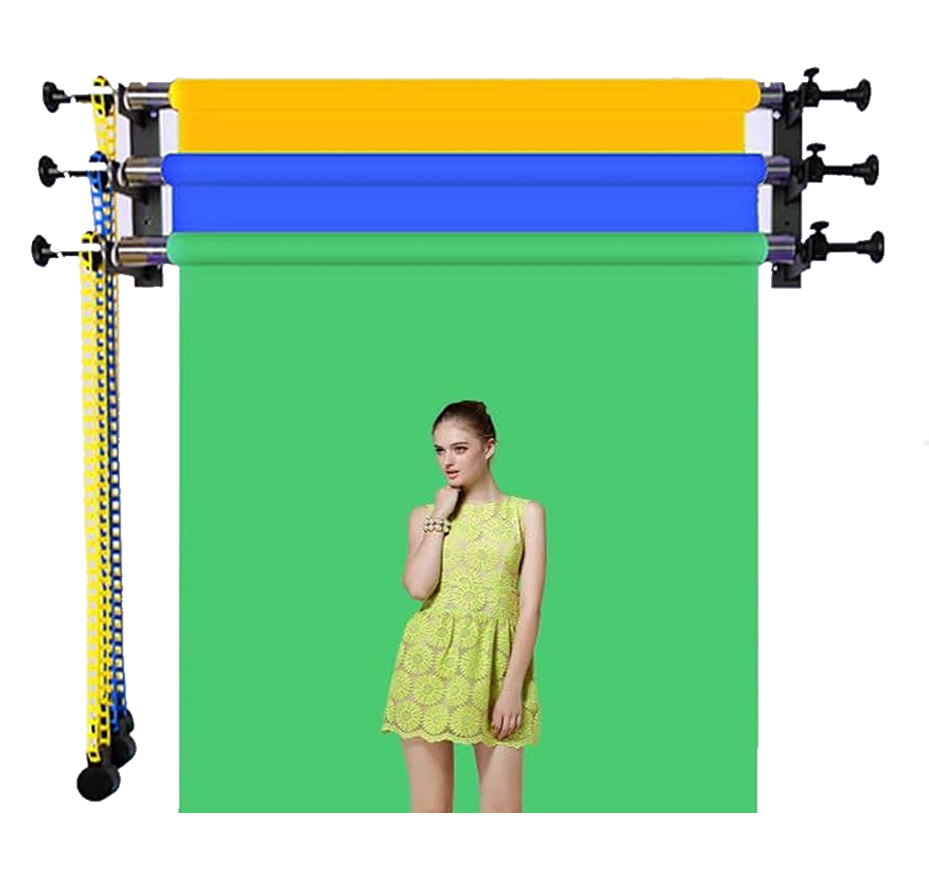
Fixed Use with Wall or Ceiling Mounting
Using Paper Background with Single and Triple Hanger Apparatus

Portable Use with Mounting on Light Stands
Portable Use with U-Shaped Mounts on Light Stands
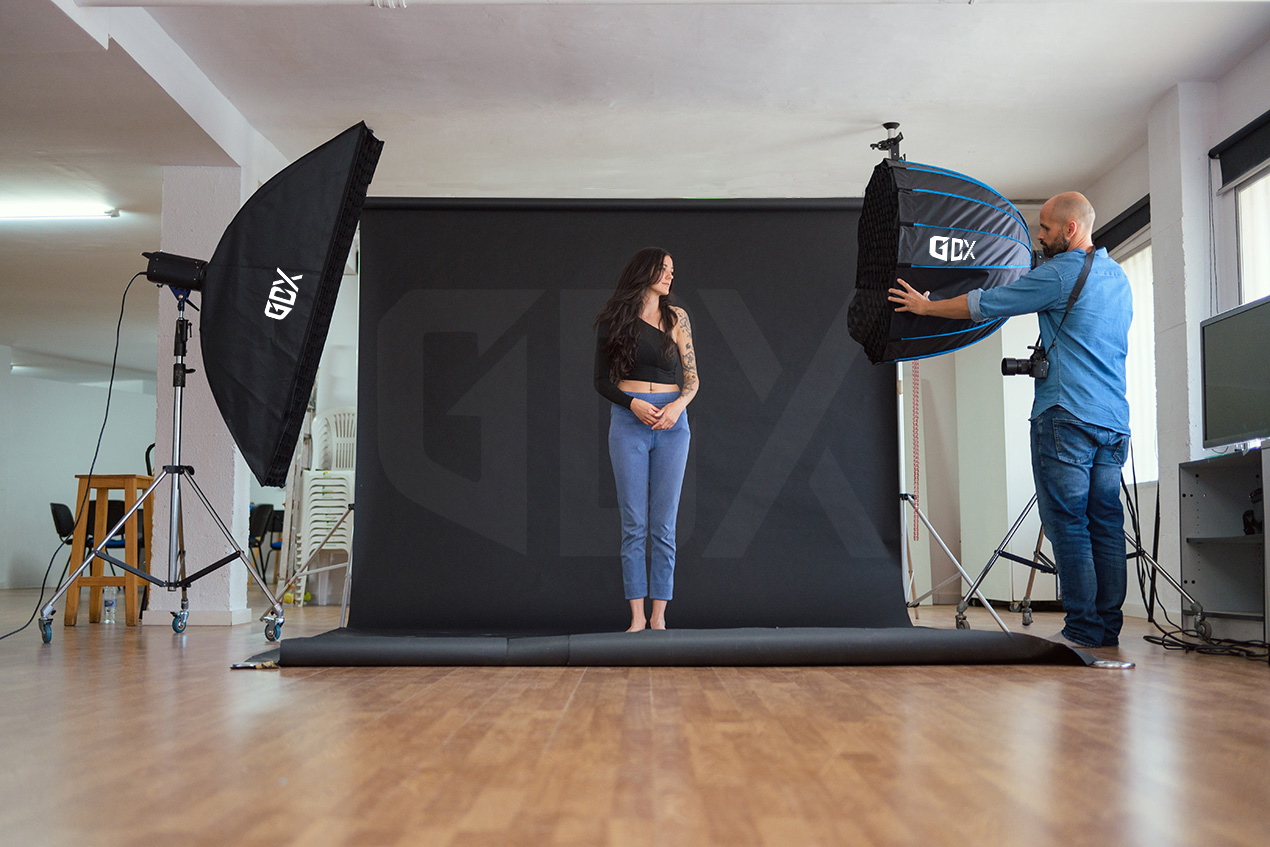
A portrait shot using paper backdrops demonstrates how the background creates a clean and uniform appearance. In this image, you can see that the model is highlighted by the simplicity of the paper backdrop.
Fabric Curtains: Variety and Aesthetic Opportunities
Fabric backdrops offer greater versatility and aesthetic appeal, making them an ideal choice for photographers and videographers. These backdrops typically come in lengths of 3 meters and 3 or 6 meters, and are also available in rolls of 270 cm and 580 cm. Fabric backdrops offer the added advantage of being foldable for portability, and a variety of colors, textures, and patterns are available to meet all kinds of shooting needs. They are particularly suitable for fashion shoots, portrait photography, and advertising.
Fabric Background Types and Sizes
Fabric Backdrops Only
3x3 Meters or 3x6 Meters
3x3 Meters or 3x6 Meters
3x3 Meters or 3x6 Meters
Backgrounds Including Fabric and Pipe + Reel + Chain + Wall Hanger
1.35 x 1.85 meters
1.35 x 1.85 meters
1.35 x 1.85 meters
1.35 x 1.85 meters
1.90 x 4.00 meters
1.90 x 4.00 meters
1.90 x 4.00 meters
1.90 x 4.00 meters
2.70 x 5.80 meters
2.70 x 5.80 meters
2.70 x 5.80 meters
2.70 x 5.80 meters
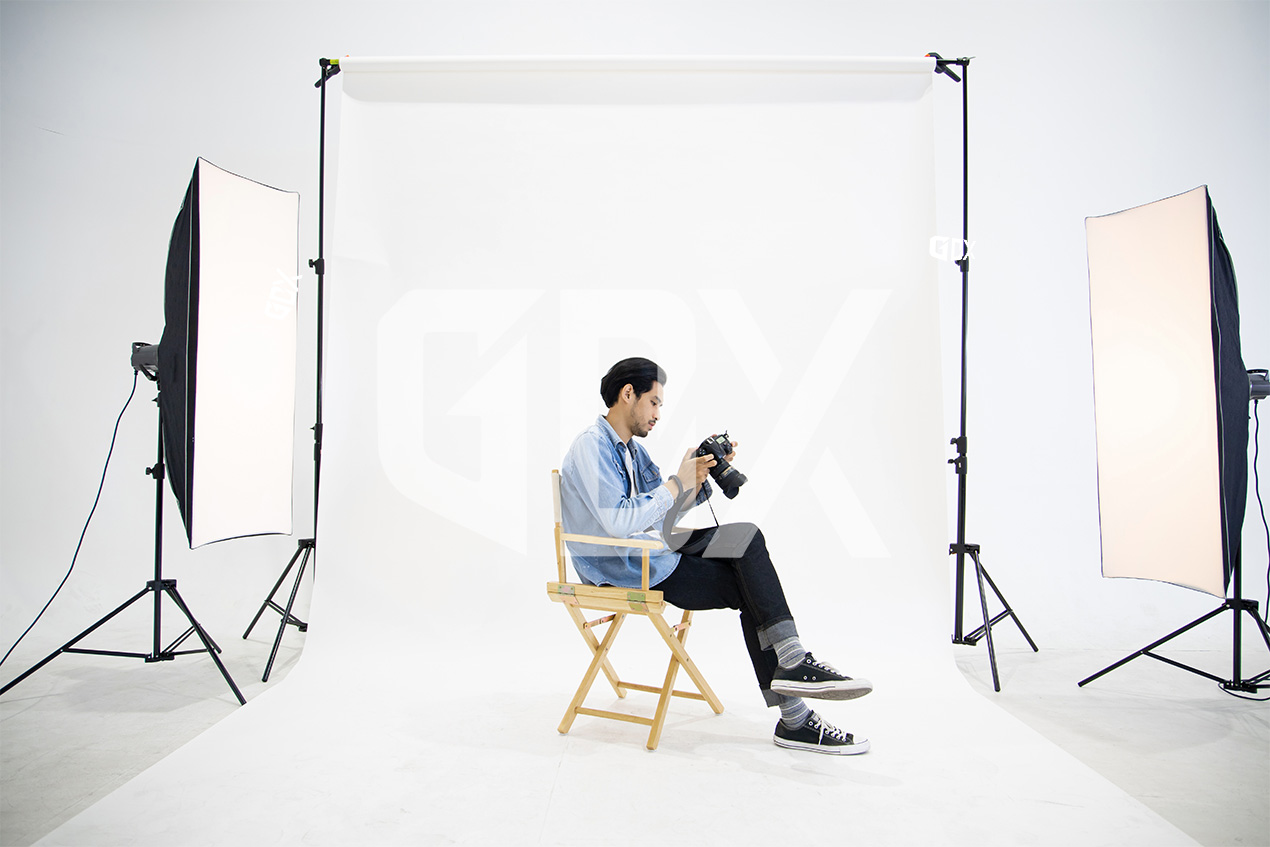
A fashion shoot featuring fabric backdrops. The soft texture of the fabric and the aesthetically rich color palette clearly impact the atmosphere of the shoot.
PVC Backdrop Curtains: Durability and Aesthetic Opportunities
PVC backdrop curtains are known for their durability and ease of cleaning. They are perfect for projects requiring long-term use. PVC backdrops, typically 120 cm wide and 200 cm long, come on rolls and are extremely practical. PVC backdrops can be used for product shots, portrait photography, and advertising campaigns. Their water resistance also makes them suitable for outdoor shoots.
PVC Backdrop Types and Sizes

A product shot using a PVC backdrop. In this image, the clean and smooth texture of the backdrop provides a professional backdrop that highlights all the product details.
Paper, fabric, and PVC backdrops are essential equipment that meet a variety of photography and videography needs. Each offers unique features, adding both aesthetic and professionalism to your shots. Choosing the perfect backdrop for your project directly impacts the quality of your results.
You can browse our product pages to examine and purchase these backdrop curtains.

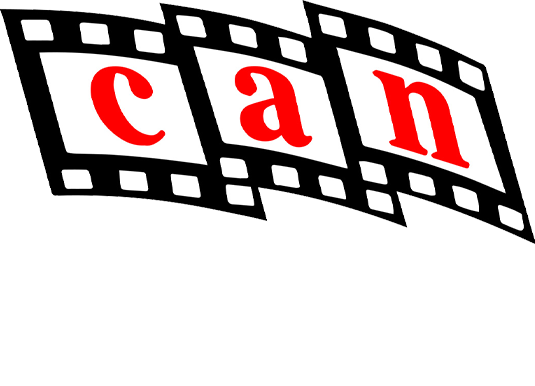

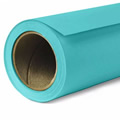
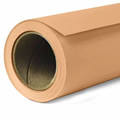
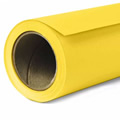
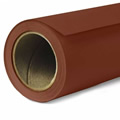
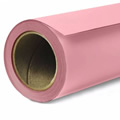
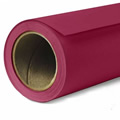
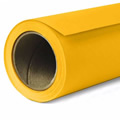

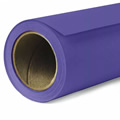

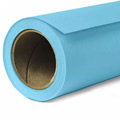
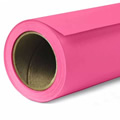
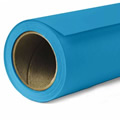
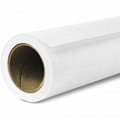
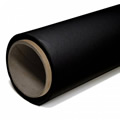
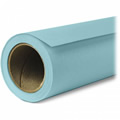
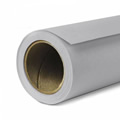
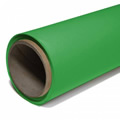
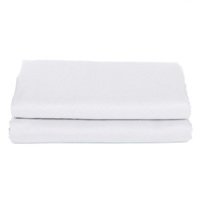
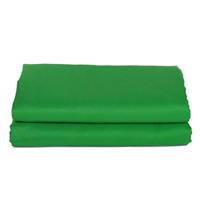
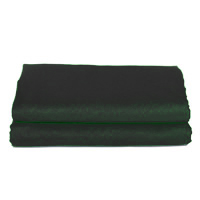
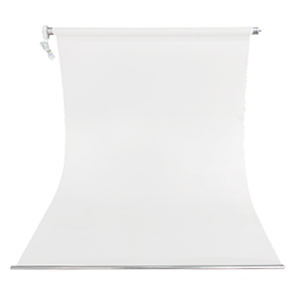
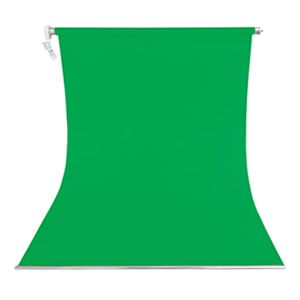
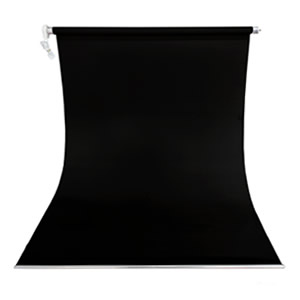

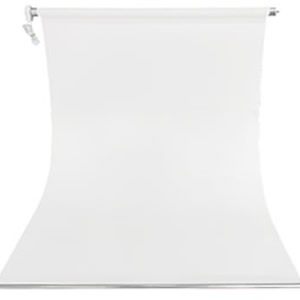
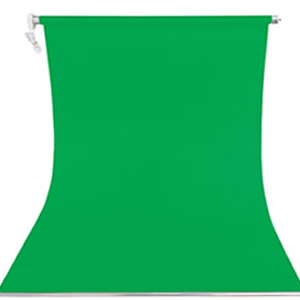

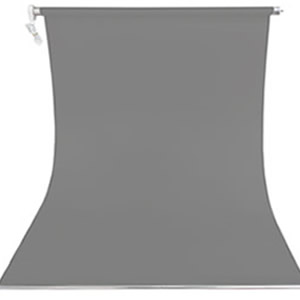
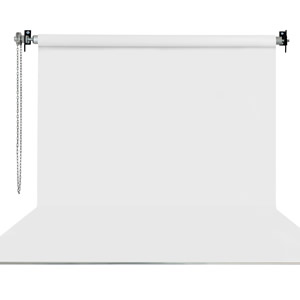
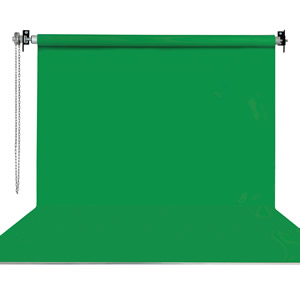
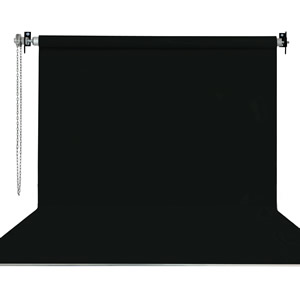
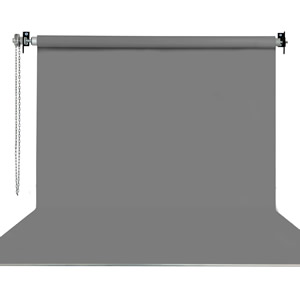
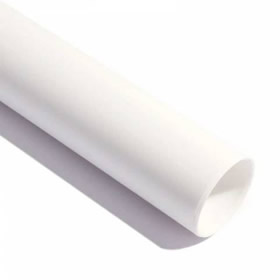
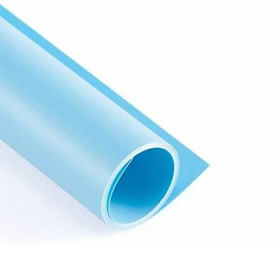

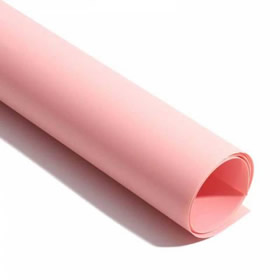
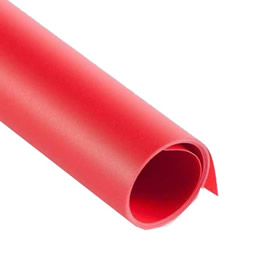
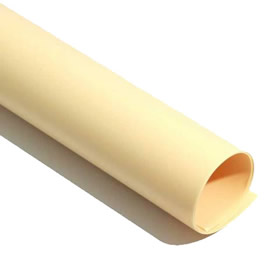
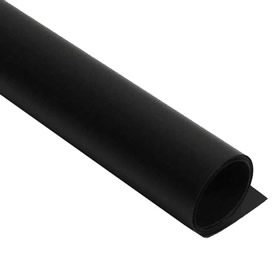
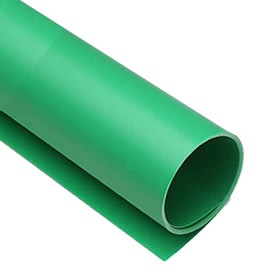
SHARE:
Gdx Illuminated Product Shooting Tents: The Perfect Solution for Your E-commerce Photography
Continuous Light or Flash Light? Which Should I Use?